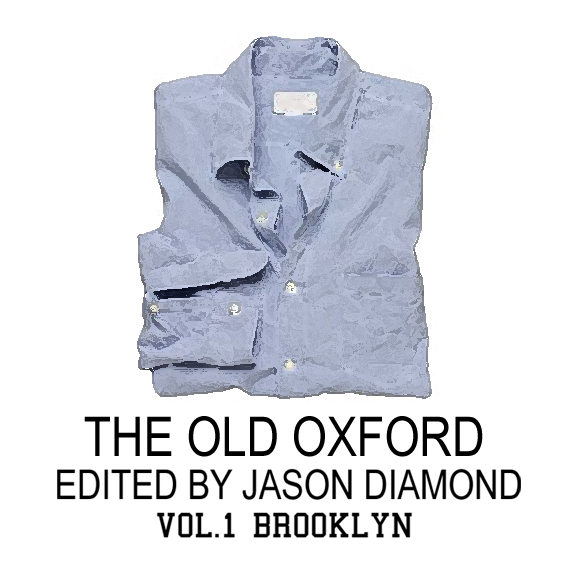“Life begins somewhere with the scent of lavender,” André Aciman starts off the first essay in his collection, Alibis: Essays on Elsewhere. “Lavender” is Aciman’s Proustian meditation on how a particular scent that his father used made him feel “sheltered, happy, beloved,” and it ushered in “good thoughts–about life.”
Writing about scents is a tricky game. As Emily Gould pointed out in a 2012 Paris Review piece, “Most writers describe smells so vaguely, badly, or just plain inaccurately…,” which is true. You can write about what you see, write about how some morsel of food tasted, or write about the things you hear all around you; yet scent is the one sense that we have the hardest time translating to paper. Probably because as individuals, we have a hard time understanding how to describe what we’re smelling other than reactions of “good” or “bad.” Scent is the most abstract of our senses, because it is something we can’t touch: you physically put a cherry that you’re going to taste into our mouth, you can see the trees swaying in the breeze; you can touch a patch of fabric; and you can hear music playing. Yet with a fragrance you only have your nose to go on. You can see where the smell is coming from, but can you look at a flower and thoroughly describe what it smells like?
Describing smell is a tricky thing for writers, but judging by a magazine like the most recent GQ “Style Bible” issue, which dedicates several pages on how to “Reinvent Your Scent,” just about everybody else needs help on how to better understand what smells better. I constantly hear people talking about a “personal scent,” like it was some unattainable object, or some puzzle they’ll never solve. Some have described a personal scent to me in a way a wine sommelier would talk of pairing a pinot noir with a certain type of food, and frankly, it freaks me out a little. I’m guessing that Coco Chanel only wore Chanel No. 5 since it truly was her brand’s signature scent, so what’s your excuse?
For me, building up how I’m going to smell is a small process that includes my daily rituals like showering and putting on deodorant, but also includes which of the several different colognes I own that I’ll (lightly, always lightly!) spray on my wrists and dab on my neck. I know I’m always going to use Dr. Bronner’s peppermint soap and then regular Old Spice as the two standby toiletries, but then I go by how I feel after that when choosing my cologne. I might want something stronger like the classic Ralph Lauren Polo cologne that my father used when I was a kid, or something lighter that smells like clove, cinnamon, nutmeg. For that, I go to my bottle of Royall Spice. I don’t go overboard with any of this, but I do make sure everything is in order before I walk out the door because how you smell is of the utmost importance. While people will say that everything from your eyes to your shoes will be the first thing that somebody notices upon meeting you, if you don’t smell good, that lingers.
Yet with all that, I hardly did an adequate job of describing any of the products I use, or what the final outcome smells like. And for a long time, that wouldn’t have bothered me. But then late last year I had the pleasure of spending an afternoon with David Moltz of the fragrance brand D.S. & Durga at the Museum of Art and Design’s exhibit, The Art of Scent: 1889-2012. I use one of Moltz’s colognes regularly, and I’ve always been interested in the way he markets what he sells by relying more on trying to tell some sort of story behind the fragrance, rather than putting a big fancy logo on it, or using photographs of models to show the customer just how sexy the cologne is. Instead, Moltz uses places and people like Boston in the 1980s and 19th century New England craftsmen as not only influence, but also as the stories behind the scents. Instead of trying to go beyond saying certain bottles of cologne are full-bodied, musky, smell like leather, or have a citrus tinge, he builds up a narrative instead. And it is obviously working to some degree, since Moltz has been tapped by J. Crew to create a scent that “pulls inspiration from a cool, foggy day [J. Crew menswear designer Frank] Muytjens spent at Big Sur.”
So while your personal scent is important, it’s the story behind it you should work to build up. You are the first person that is going to know what you smell like before you step out of your bathroom every morning, so it should be an experience that you and everybody you interact with throughout the day will enjoy, and then you can attempt to try and write about it.
Follow Vol. 1 Brooklyn on Twitter, Facebook, Google +, our Tumblr, and sign up for our mailing list.

